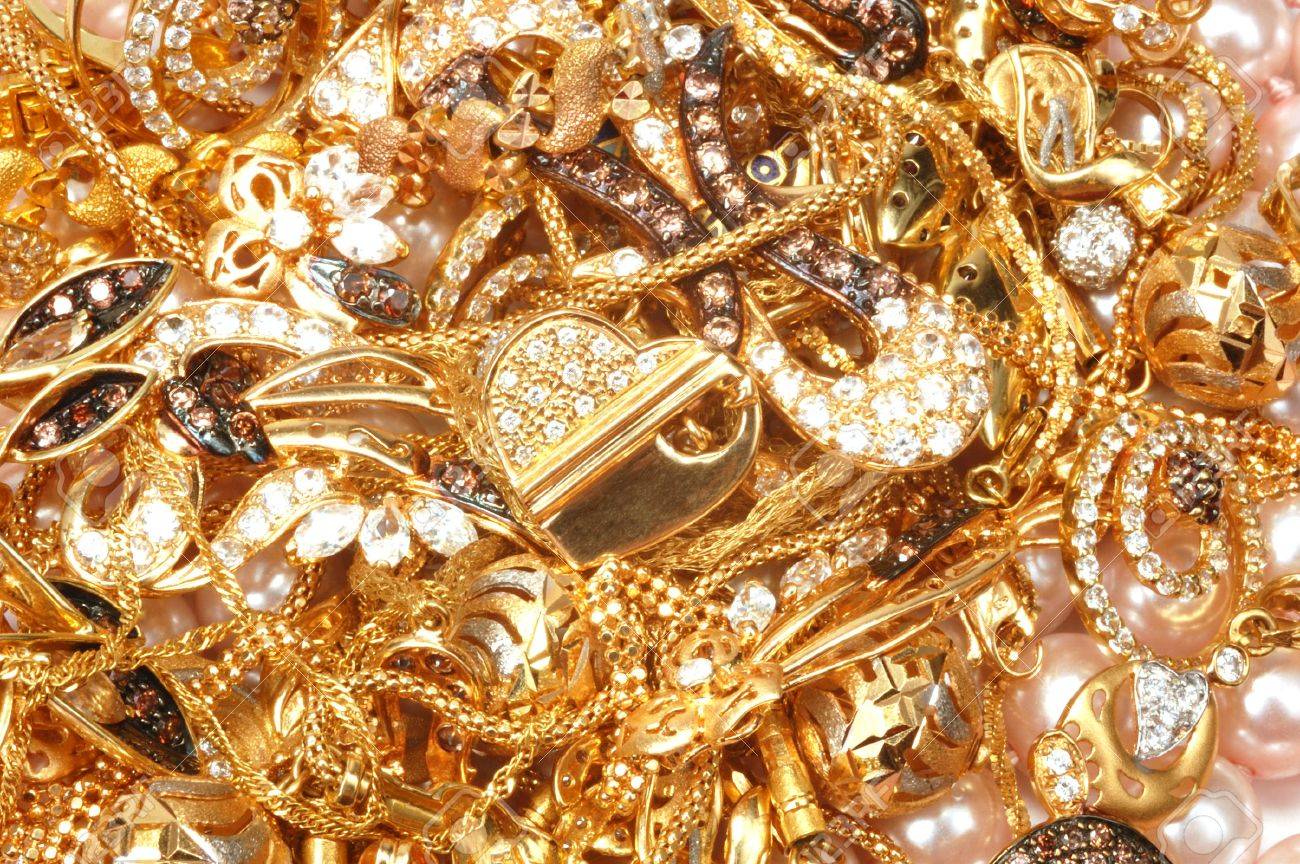Understanding the Real Value of Your Jewelry Collection for a Successful Exchange
Wiki Article
As it comes to retailing jewelry, comprehending its true worth is essential to achieving a profitable sale. Jewelry can carry significant emotional and monetary value, so knowing how to evaluate its worth can help sellers make knowledgeable decisions. Various factors impact the price of ornaments, including the materials used, designer prestige, buyer interest, and overall condition of the piece. By considering these factors, individuals can ensure they determine a appropriate price that represents the jewelry’s true worth.

An initial stage in determining the worth of jewelry is recognizing its components. Most ornamental pieces is made from valuable alloys like the yellow metal, silver, or the noble metal. The purity of these materials, evaluated in karats for the precious yellow metal and as a percentage for the white metal and platinum, plays a significant role in pricing. Additionally, precious stones such as diamonds, emeralds, or blue stones contribute to the total value of a piece. Characteristics such as the size, hue, transparency, and cut of stones are essential when evaluating their value. Comprehending these elements enables sellers to better estimate what their jewelry might be valued at on the market.
An additional key factor to consider is the label or designer of the ornament. Renowned brands often demand higher prices because of their reputation for excellence and artistry. For instance, items made by established creators or luxury brands may carry a premium value versus similar pieces from lesser-known manufacturers. Collectors how to sell scrap jewelry and purchasers often seek out particular labels for their financial appeal and desirability. Thus, researching the heritage and market presence can offer valuable information regarding valuation approaches.
Buyer interest also has major influence in establishing ornaments’ value. Trends in fashion can greatly influence what types of jewelry are popular at any given time. Specific designs may be sought after during particular times or occasions, shaping how much purchasers are prepared to spend. It is important for owners to remain aware of current trends and market conditions to make informed decisions about timing when selling their jewelry. Consulting with experts or appraisers can provide insights into what items are in demand, helping owners increase their profit.
In the end, the state of the ornament must be assessed before seeking to resell it. Items that are properly cared for and without defects will generally command better offers than those that display visible use or need restoration. Polishing and restoring ornaments can improve its look and boost its appeal. In addition, having authentic boxes or official documentation for precious stones can further raise worth. Owners should always be honest about the condition of their items when marketing them site to potential buyers.
In conclusion, establishing the true value of ornaments requires a thorough knowledge of its materials, designer prestige, market demand, and overall condition. By thoroughly evaluating these elements, sellers can determine fair valuations that represent their ornaments’ worth while attracting potential buyers. A well-informed strategy not only guarantees a profitable sale but also allows owners maintain assurance in their valuation choices. Whether looking to sell a cherished ancestral piece or an asset item, making the effort to assess its genuine worth is essential for achieving rewarding outcomes in the open market.